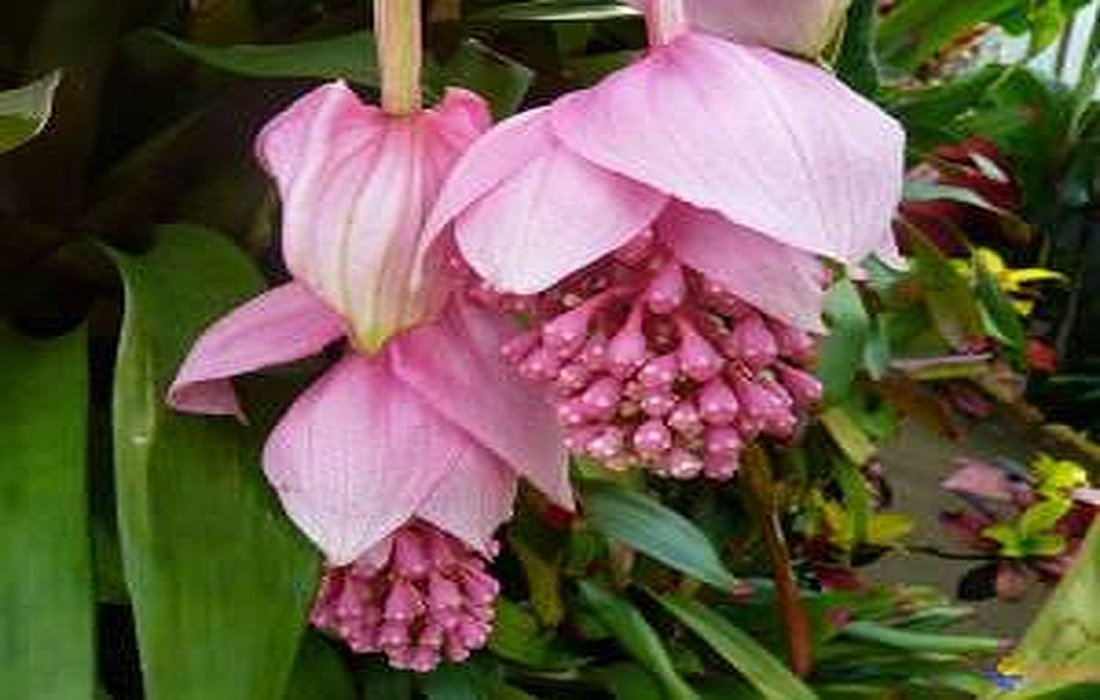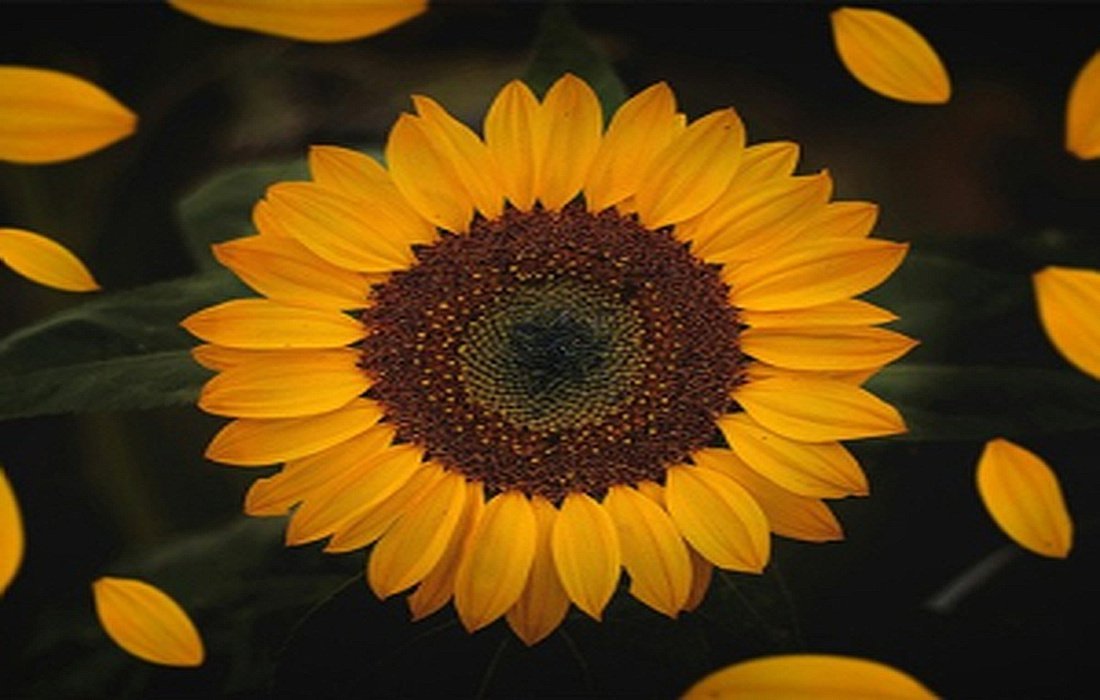A Complete Introduction to the Hanging Plant (Malaysian Orchid or Filipino Orchid)
Malaysian orchids, sometimes called Filipino orchids, are evergreen shrubs native to the Malay Peninsula, the Philippines, and Sumatra. The leaves of this plant can grow up to 36 centimeters in length, and the plants can reach heights of 1 to 1.5 meters. However, you can prevent excessive growth by pruning. The common name for these plants is Rose.Grapeis.
Different Types of the PlantHanging Cluster Plant
The hanging cluster plant has many diverse varieties, showing significant differences among them.
Grape Rose Orchid: This type of Filipino orchid is the best option for people who have little knowledge about plant care. These plants show a high tolerance for temperature fluctuations.
Crimson Orchids: These plants have bright red flowers.
Coral Orchids: This type can grow up to 30 centimeters and comes in a wide range of colors.
Pink Filipino Orchids: These plants can grow up to 182 centimeters and are suitable for gardens and yards, featuring pink flowers.
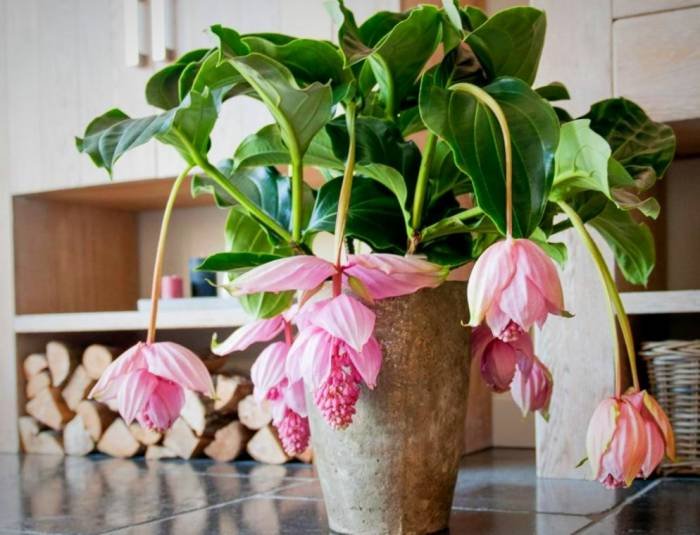
Suitable Conditions for Growing the Filipino Orchid
Soil
The hanging cluster plant requires nutrient-rich soil with good drainage to ensure air circulation and prevent diseases related to overwatering. Use pots with drainage holes for planting the Filipino orchid. It’s worth mentioning that the orchid grows better in acidic soils with a pH of 6. The suitable substrate for this plant is based on peat moss.
Light
The hanging cluster plant needs indirect light, so avoid placing it in direct sunlight; otherwise, the leaves will burn and fall off. Placing the pot next to windows covered with curtains is ideal for better growth.
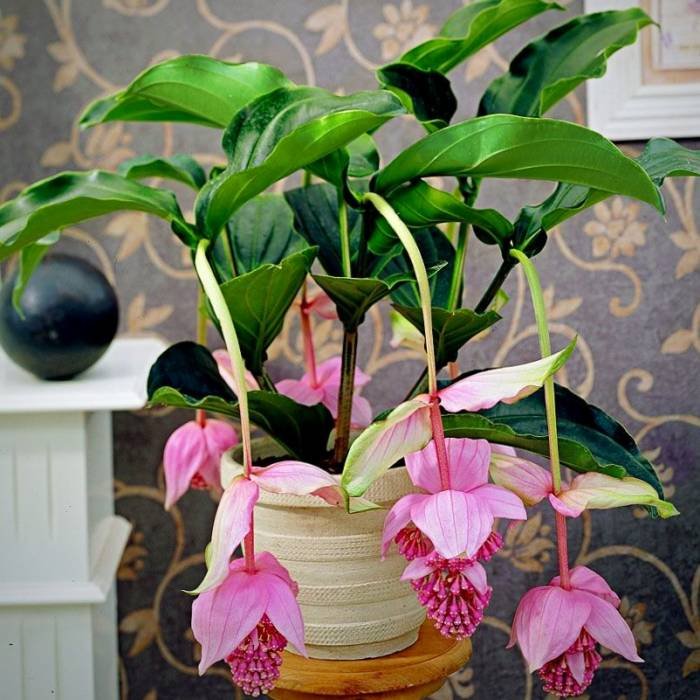
Watering
Water the soil of this plant regularly and moderately from spring to fall. It’s crucial to use pots with drainage holes to help excess water escape from the soil.
Humidity
The hanging cluster plant requires relatively high humidity, so use any means available to increase humidity in its environment.
Temperature
The ideal temperature for growing the Malaysian orchid or hanging cluster plant is between 21 and 23 degrees Celsius. Keeping the plant in environments with temperatures below 10 degrees Celsius will cause the leaves to yellow.
This plant will go dormant in winter at temperatures between 15 and 21 degrees Fahrenheit and will start to sprout in late winter.
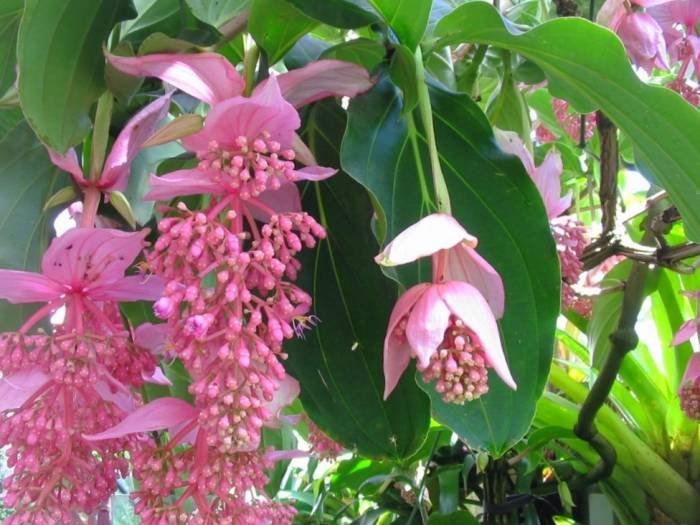
Fertilizing
Occasional feeding with nitrogen-rich liquid fertilizers will accelerate the growth of the plant.
This plant does not need fertilization during winter.
Repotting
The quality of potting soil generally decreases over time, and air circulation inside also diminishes. Therefore, to maintain open space between the soil particles, it’s best to repot the plant into fresh soil every two years. Be careful when removing the plant from its current pot to avoid damaging the roots, and thoroughly check the roots to separate any rotten parts.
Propagating
To propagate Malaysian or Filipino orchids, use the cutting method. Remove one of the plant’s branches, dip it in rooting hormone, and then place it in suitable soil under appropriate temperature and light conditions to encourage new roots. After roots have formed, transplant the plant into a new pot to create suitable growth conditions.
You can also propagate this plant by growing its seeds. To do this, soak the seeds in a bowl and allow them to germinate. Replace the water daily, and after germination, plant them in potting soil, covering them withground spinachto prevent any diseases from transferring to the seeds, and keep the soil moist until the sprouts emerge.
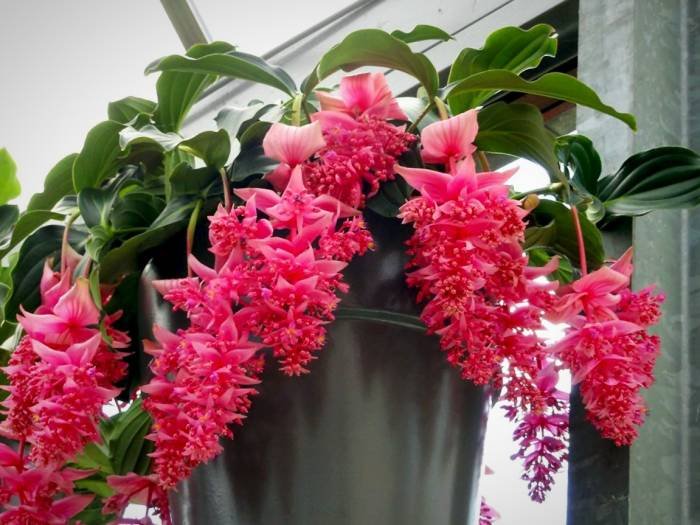
Pests and Diseases
If the hanging cluster plant becomes infested with insects, clean the plant using cotton soaked in alcohol.
If this plant is kept in a dry environment, spider mites may attack it; however, this issue can be resolved by providing the necessary humidity.



